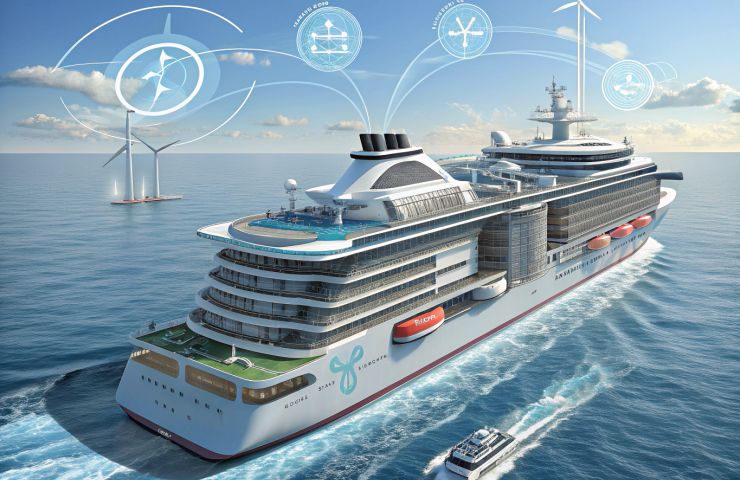
fuel cell technology Powers Ponant’s Swap2Zero Net-Zero Cruise Innovation
October 17, 2025Think cruise ships can’t go green? Think again. Instead of belching CO₂ like confetti, Ponant and its crew of innovators are rewriting the maritime rulebook. On 15 October 2025, GTT, Bloom Energy and Ponant Explorations Group rolled out a next-level energy setup that combines LNG-fed solid oxide fuel cells—a prime example of modern fuel cell technology—carbon capture right on deck, and wind-assisted sails.
Quick Overview
Partners: GTT, Bloom Energy, Ponant Explorations Group
Launch: Oct 2025, sailing commercially by 2030
Goal: Slash GHGs by 80%+, net-zero ops
Key Tech: LNG SOFCs, amine-based CO₂ capture, automated sails/Flettner rotors
Backers: EU Innovation Fund, France 2030
They’re not messing around with one-off demos. This combo smacks down hotel power, exhaust CO₂ and propulsion all at once, showcasing real-deal sustainable energy. GTT stretched its membrane chops into carbon capture. Bloom Energy hauled its solid oxide fuel cells from data centers to the high seas. And Ponant is finally offering a cruise that truly earns the “green” badge.
Under the Hood
High-temp SOFCs (around 700 °C) turn LNG directly into electricity for lighting, HVAC and kitchens. Exhaust then flows through an amine scrubber to trap CO₂, storing it safely until dock time. Waste heat loops back into both the fuel cell and capture system, boosting efficiency. And those automated wind-assist wings? They shave main engine load by up to 50%, slashing fuel use and emissions.
Big Picture
Most pilots pick a single shiny tech—this one juggles three on a rocking deck. LMG Marin and Stirling Design have the naval architecture dialed in, while Bureau Veritas makes sure everything passes muster. If Swap2Zero dances through waves, docks without a hitch and keeps guests comfy, it could reset the bar for industrial decarbonization, turbocharge investment in reliable hydrogen infrastructure, and push regulators to update the rulebook.
Why It Matters
Shipping churns out about 3% of global CO₂, and cruises are among the heaviest polluters. Slashing emissions by over 80% and chasing net-zero by 2030 isn’t fluff—it’s a direct challenge to surpass IMO’s timelines. Yes, upfront costs will make CFOs sweat, and offshore CO₂ storage is still uncharted waters. But if Swap2Zero holds course, expect an arms race in maritime zero-emission technology.
Will it overhaul the seas or end up a fancy footnote? I’m not betting my house on it yet, but if you’re still banking on scrubbers alone, take notes. The tide of change is rolling in.



 With over 15 years of reporting hydrogen news, we are your premier source for the latest updates and insights in hydrogen and renewable energy.
With over 15 years of reporting hydrogen news, we are your premier source for the latest updates and insights in hydrogen and renewable energy.